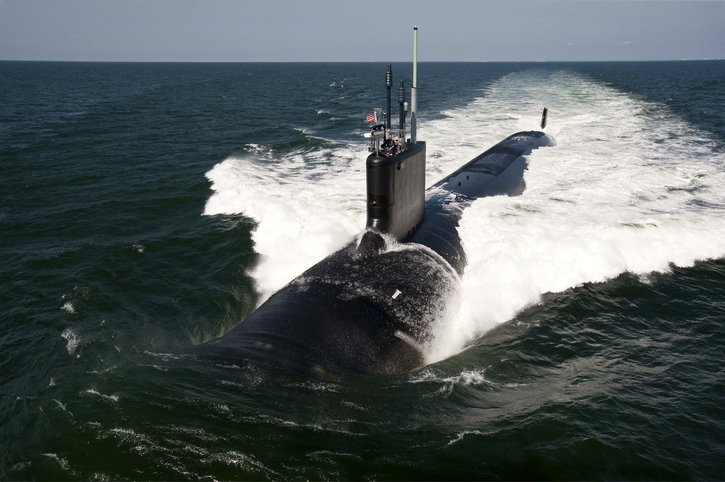The AUKUS alliance is estimated to create 20,000 jobs over the next 30 years and represents a new challenge and great opportunity for Australian engineers.
This week, the Australian government announced the development of a fleet of eight nuclear-powered submarines as part of the AUKUS partnership. But what does this mean for Australia’s engineers?
Engineers Australia’s Chief Engineer, Jane MacMaster FIEAust CPEng, spoke to create about the need to build a workforce to support this program, but also to take full advantage of sections of the Australian workforce currently underutilised.
“Currently, more than half of the engineering workforce in Australia was born overseas and despite our long-term reliance on skilled migrant engineers, many still find it difficult to find engineering work here,” says MacMaster. “So It will be important for the Australian Government to work with Engineers Australia and industry to improve employment outcomes for skilled migrant engineers.”
“Some migrant engineers may not have the appropriate security clearances to work on some Defence programs, but, by facilitating more skilled migrant engineers working in the engineering workforce in other sectors, this will increase the pool of engineers available to work on Defence programs,” she said.
Planning ahead
MacMaster said Engineers Australia has been in conversation with the Nuclear-powered Submarine Taskforce to assist with workforce development planning.
“We have also been in contact with several UK nuclear engineering organisations to understand the systems they have in place to develop their nuclear engineering workforce and the competency frameworks and training they use to build and maintain that capability,” she said.
“Engineers Australia is already exploring the possible development of a nuclear engineering Area of Practice to support this area of engineering through competency frameworks specific to this field and assessment of individual competencies against these criteria (for the Chartered Engineer credential). We can also work with the Australian Government and education institutions to accredit nuclear engineering qualifications and/or micro-credentials and specialisations.”
Overall, MacMaster said the AUKUS announcement allows the workforce planning and development work, which commenced 18 months ago, to be developed with more granularity and confidence.
“While we don’t yet have the workforce capability, with some targeted strategies, there is no reason why Australia couldn’t have the workforce required in the years to come, but it will take sustained focus from here on to ensure that this happens,” she said, pointing to the 1935 Commonwealth Aircraft Corporation which built local military aircraft manufacturing capability, and the 1950s and 60s Snowy Hydro Scheme workforce development as examples of previous success.
